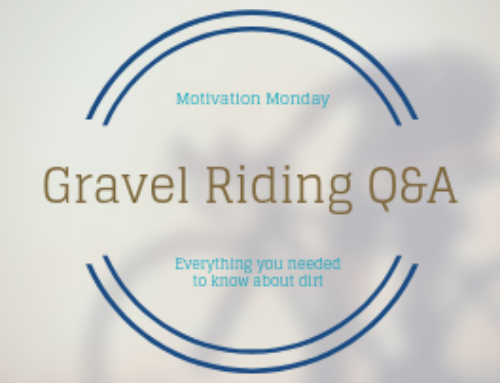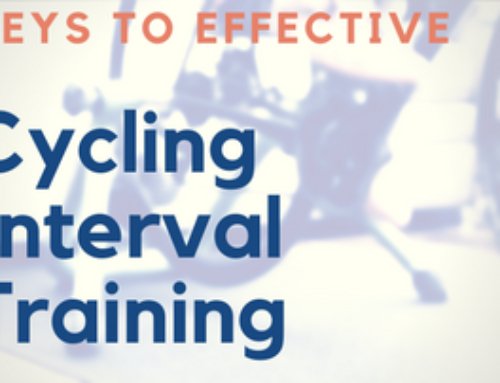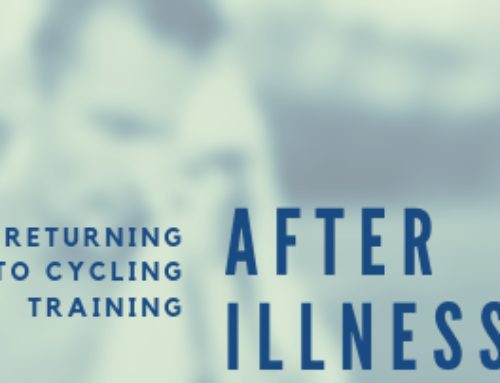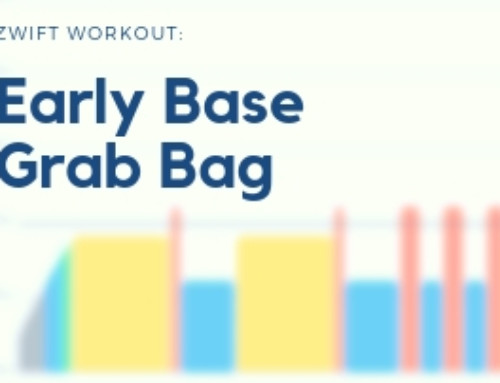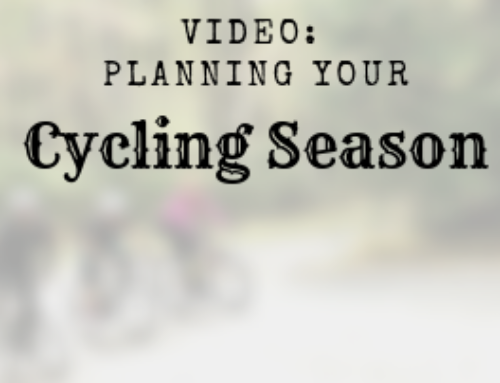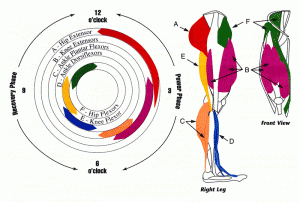 It's cold, there's a bitter wind blowing and last night's snow has left the roads both damp and layered with salt. Patches of ice lurk on the sides of the road, waiting to claim the unwary bi-wheeled traveler.
It's cold, there's a bitter wind blowing and last night's snow has left the roads both damp and layered with salt. Patches of ice lurk on the sides of the road, waiting to claim the unwary bi-wheeled traveler.
Most people refer to this as “winter” but I (and the rest of the cycling community) tend to refer to it as the “off season” or “indoor training season.” While there are times when we're able to get outside in the fresh, chilled air most of our training this time of year is spent on the trainer or rollers. As boring as that may be, there are benefits to indoor work: ability to precisely control interval duration, intensity and frequency, ability to control the environment around us, and perhaps one of the most important things, ability to increase our efficiency. Because the bottom line is: the more efficient you are, the faster and stronger you are for longer.
How do you get more efficient? You follow the tips below:
Human Efficiency
Human beings are only about 21% efficient (as an average.) This means that when you see 100 watts displayed under your power output, your body is actually creating 500 watts of energy. You're losing 80% of it to heat, other body systems, etc etc. Wouldn't it be nice to put more of that power to the bike? Even a gain of a half percentage point in efficiency is huge, and complements your training significantly. But how do we do that?
Smooth Your Pedal Stroke
Smoothing out your pedal stroke will eliminate the dead spots, the choppiness and the awkwardness as you spin those cranks around. You'll build neuromuscular coordination that allows you to get the most efficient firing of muscles, and you'll realize more efficient muscular contraction. Try these little tips to smooth out your stroke:
- Focus on your backstroke: Imagine “sliding” your heel backwards across the bottom of the pedal stroke. This helps to engage the hamstring, glute and hip flexor and pull the foot through the second half of the pedal stroke (6 o'clock to 12 o'clock.)
- Drive the knee forward: Instead of pulling up on the pedal (which will usually serve to make you MORE choppy) focus on driving your knee towards the handlebar as your foot comes over the top of the pedal stroke. It'll engage your hip flexors and foot dorsiflexors.
- Add 1 legged drills: Especially on rollers, dead spots and choppiness will be very apparent. Work on several different pedal tensions and cadences for maximal variety and effectiveness.
- Ride on dirt roads: Keeping traction on dirt or gravel roads is very difficult if your pedal stroke isn't smooth. Climbing on loose terrain only magnifies this. When you can get out during the winter, find some dirt, gravel or pave to practice on.
- Rev up your cadence: Forcing a higher cadence and practicing it will keep you honest and focus on the sustainability of that smooth pedal stroke. It will also challenge you to improve your neuromuscular efficiency.
Relax
How many times have you watched a pro race and seen a guy climbing some mountain pass absolutely fighting with his bike, grimacing, shoulders tensed, arms rigid and body stiff as a board? Probably not too often. Even the most exhausted ProTour riders look limp, relaxed and fluid, and they're saving energy because of it. Muscles take energy to function, and if your entire body is tense and stiff, you're wasting energy that should be going into your pedals. You can raise that efficiency rating and ride stronger with these tips:
- Adjust your attitude: There's no room for negative talk in cycling. “I can't do it,” “I'm not strong enough,” “I'm dropped” are examples of phrases that you need to forget. Everything in your head needs to be positive, cheerleader-type talk.
- Start with the face: It's said that the face tells all, and in this case it does. If your contorting your face every time you're pedaling, I'll bet your entire body is stiff and tense, which is wasting valuable energy. Let your jaw slacken, let your face relax and the rest of your body will follow.
- Do a body scan: Are your shoulders tucked up to your ears? Elbows locked? Looking straight down at your wheel? Stop it. Relax your shoulders, bend your elbows just a bit, let your head rise, let your belly drop and become one with the bike.
Spin Faster
[pullquote]Muscles take energy to function, and if your entire body is tense and stiff, you're wasting energy that should be going into your pedals.[/pullquote]As mentioned previously, leg speed is a key part of raising your efficiency. By taxing your muscular endurance less, you can lean on that infinitely more efficient aerobic system. By smoothing your pedal stroke and practicing higher cadences, you increase neuromuscular coordination and efficiency (muscles contract more perfectly/efficiently in sequence) and you use less energy per pedal stroke. You can review my previous article on pedal stroke for some further information and can practice leg speed variation with my singlespeed workout.
Practice Makes Perfect
All of the information above is wonderful, but without practice it means nothing. Trainer sessions are the perfect place to “woodshed” these techniques. Remember back in the day when jazz musicians would go out to the wood shed to practice/write their music so as to not drive others in their home crazy? You need to be Charlie Parker on the trainer: keep practicing until you get it right. Group rides are the perfect place to put your hard won skills to the test: use your cadence to control your place in the pack, practice positive self talk, stay nice and relaxed when you're elbow to elbow with other guys and you'll be rewarded with faster, stronger more efficient rides.
Remember, just like dropping a few pounds will increase your power to weight ratio, adding a half a percent to your efficiency will do the same. So why not take advantage of free power?
What do you think? Will you be raising your efficiency this winter? Leave a comment and explain how.

